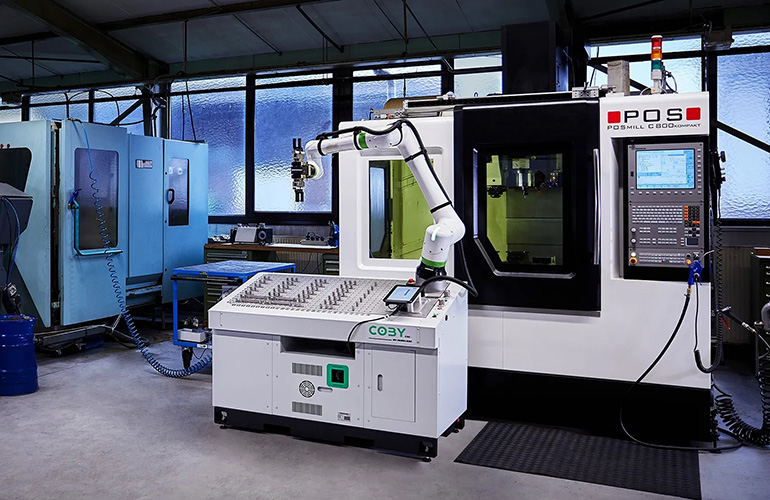Researchers at Worcester Polytechnic Institute (WPI) have developed a robotic system that can adapt its wheel design to navigate indoor environments efficiently. The system is based on an updated version of the "whegs" concept, which has been around for over a decade. The main idea behind the system is to create a wheel that can change its configuration to climb stairs or bypass other small obstacles.
The team, led by Prof. André Rosendo, set out to create a system that can switch between different mechanisms of movement. Instead of developing a robot with a single mechanism, they wanted to create a system that can adapt to its environment. The team used an omnidirectional wheel to solve the coordination problems commonly associated with "whegs" mechanisms. This wheel allows the robot to move forward, backward, and sideways at a very low energy cost, remain in a stable position without energy cost, and quickly climb stairs when needed.
The design of the system is simple and straightforward, so it can be easily replicated by other teams around the world. The researchers evaluated their OmniWheg system in a series of experiments focused on a variety of realistic indoor scenarios, such as avoiding obstacles, climbing steps of varying heights, and more. The results were very promising, as the wheeled-legged robot was able to successfully overcome all the common obstacles that were tested, adapting its configuration flexibly and efficiently to solve individual locomotion tasks efficiently.
In the future, the system created by Rosendo and his colleagues could be integrated into existing and new robots to improve their efficiency when navigating indoors. This technology has the potential to revolutionize the way robots move indoors, making them more efficient and adaptable to their environment.
If you're looking to hire a robot worker or robot for a job, consider one with transforming wheel design for efficient indoor navigation. With this technology, robots can adapt to their environment and overcome obstacles with ease, making them ideal for a variety of indoor tasks.


















